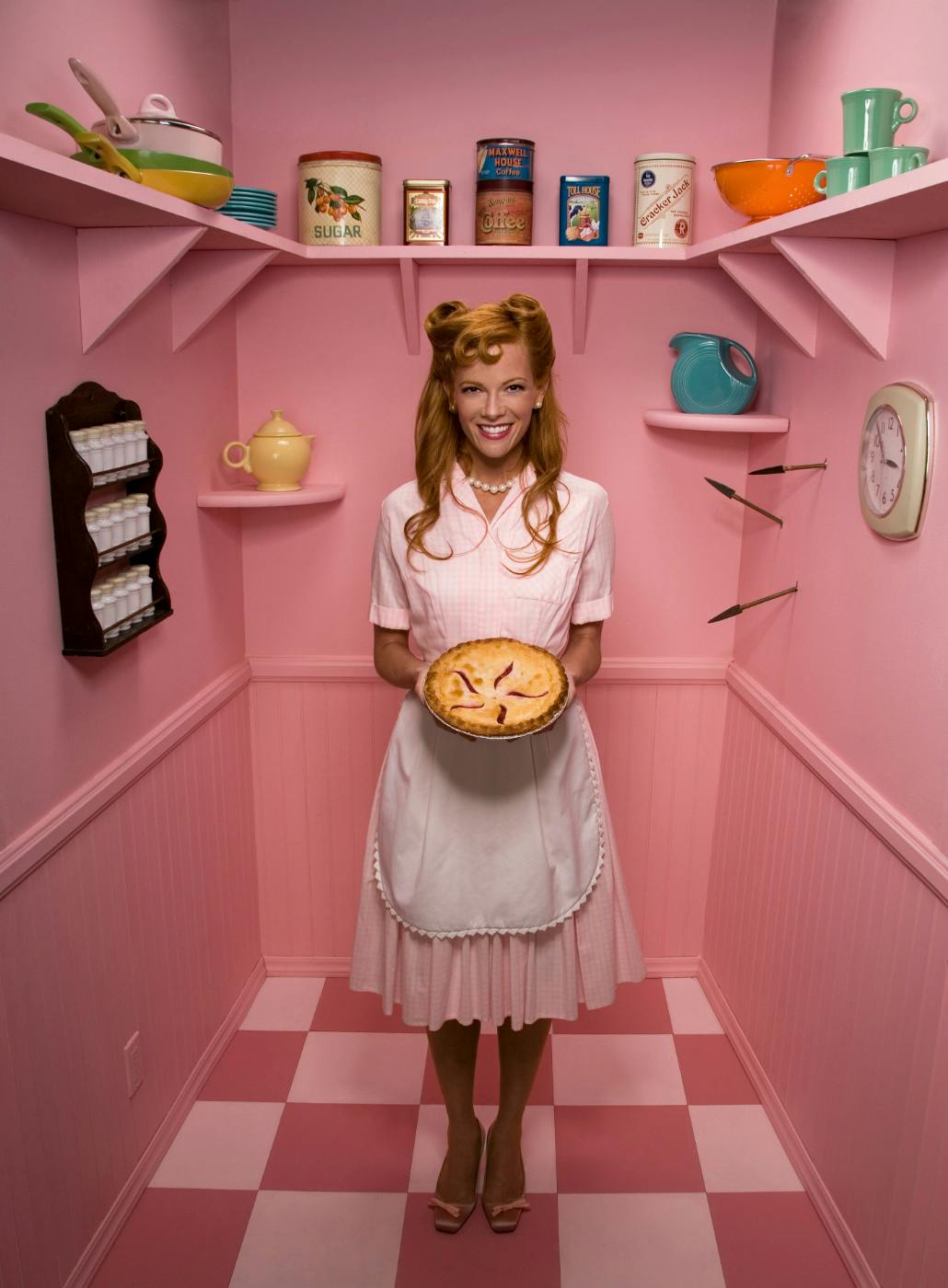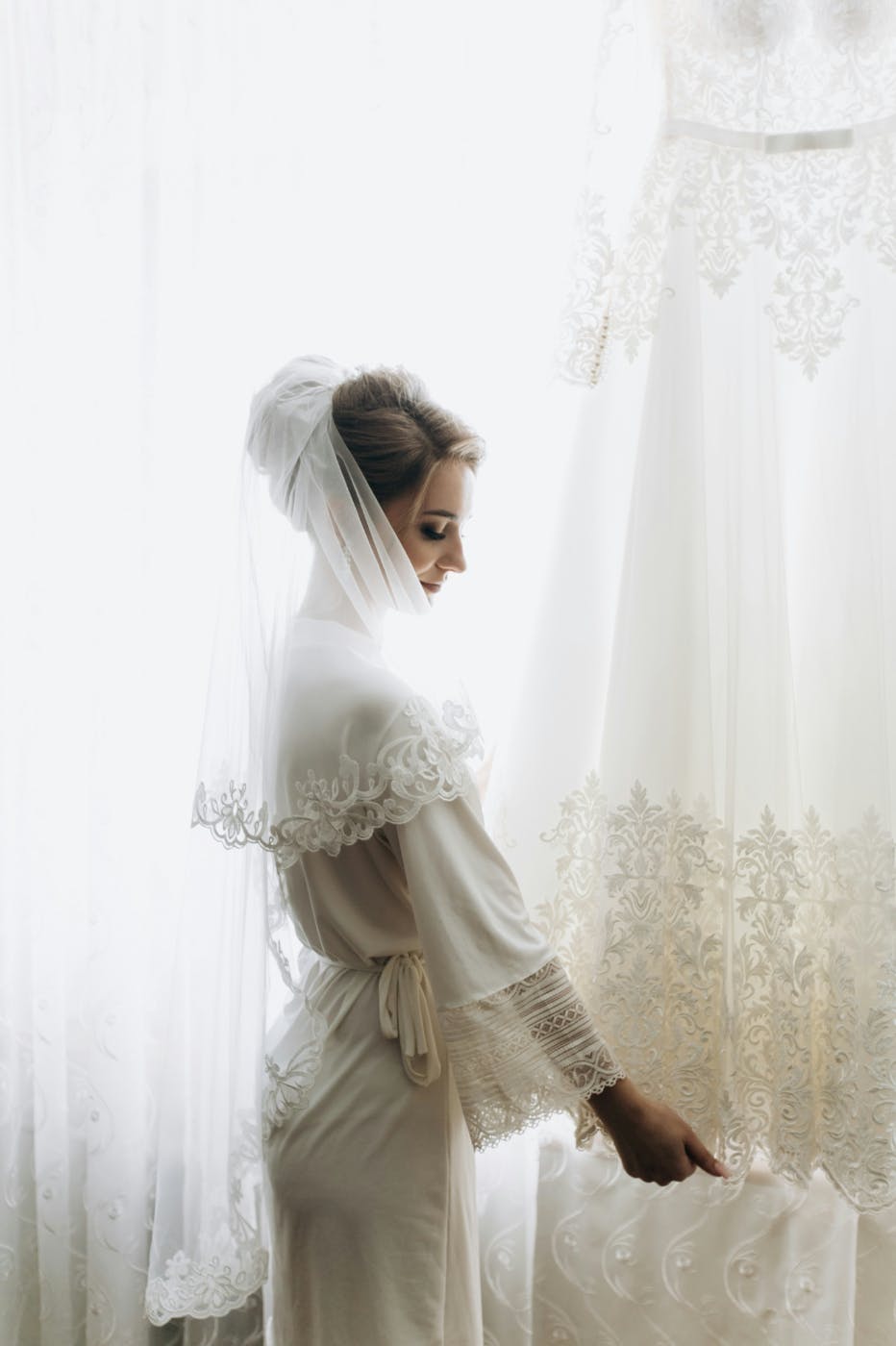

As we explore this growing cultural shift, we’ll examine the fine line between tapping into timeless appeal and inadvertently alienating your audience.
In the age of constant change, certain trends seem to rise from the past, often reimagined with a modern twist. One such trend gaining traction is the tradwife aesthetic—an homage to vintage femininity that conjures images of homemaking, classic domesticity, and a return to simpler times. This aesthetic has found its way into modern culture, especially among social media influencers and niche communities that embrace traditional gender roles.
But as the tradwife aesthetic gains momentum, a question looms large for brands: should they embrace this rising trend, or is it a dangerous territory to venture into? For marketers, walking the line between nostalgia and tone-deafness can be a challenge, especially when themes of gender equality, feminism, and modern values are in flux.
As we explore this growing cultural shift, we’ll examine the fine line between tapping into timeless appeal and inadvertently alienating your audience. Can a brand navigate this delicate balance, or does the tradwife aesthetic risk being viewed as outdated and out of touch?
To better understand how brands might approach this trend, let’s first dive into what exactly the tradwife aesthetic entails and why it’s striking a chord with modern audiences.
Exploring the Tradwife Aesthetic
At its core, the tradwife aesthetic is a celebration of vintage femininity, drawing inspiration from mid-20th-century ideals of womanhood. Think floral dresses, well-kept homes, and a commitment to domestic roles traditionally associated with women. This aesthetic romanticizes a time when the roles of wife and mother were seen as central to a woman's identity, and it often emphasizes domesticity, modesty, and nurturing qualities.
But what’s driving the resurgence of this aesthetic in the modern world? For some, it’s a reaction to the chaos and uncertainty of today’s fast-paced, technology-driven society. The tradwife look offers a sense of nostalgia for a time when life seemed simpler and more orderly. For others, it represents a countercultural statement, rejecting the pressures of modern feminism and advocating for a return to what they consider timeless values.
The appeal of the tradwife aesthetic has been magnified by social media, where influencers and bloggers share curated images of vintage-inspired homes, retro fashion, and domestic bliss. With hashtags like #Tradwife and #RetroFemininity trending, the aesthetic has been given new life, particularly within certain subcultures that value traditional family dynamics.
As this trend continues to grow, it’s clear that the tradwife aesthetic is not simply a passing phase but a lifestyle that some people actively choose to embrace. This creates both an opportunity and a challenge for brands. On one hand, embracing this aesthetic could tap into a nostalgic desire for simpler times; on the other, it risks alienating a broader audience who may see the movement as outdated or regressive.
With this context in mind, let’s explore the double-edged sword that comes with tapping into the tradwife aesthetic. While there’s potential appeal, there’s also the danger of being tone-deaf.

Modern Femininity: A Broader Context
Before diving into the potential risks for brands, it’s essential to understand how modern femininity has evolved and how it contrasts with the tradwife aesthetic. Today’s idea of femininity is diverse and multifaceted. From empowered women thriving in corporate spaces to individuals embracing gender fluidity, modern femininity is less about rigid, predefined roles and more about personal choice, equality, and self-expression.
Contemporary femininity champions independence, career aspirations, and autonomy. Women are now more likely to embrace non-traditional roles, and the expectation to adhere to domesticity has faded in favor of a broader range of professional and personal pursuits. This shift has been accompanied by movements for gender equality, fighting for equal pay, and advocating for women’s rights in all spheres of life. At its core, modern femininity is about choice—whether that’s to pursue a career, stay at home, or find a balance between both.
In this context, the tradwife aesthetic can feel like a throwback to an era when women were predominantly defined by their roles as wives and mothers. The nostalgic nature of this trend appeals to some, but for others, it feels like a step backward in the ongoing fight for gender equality.
This tension—between embracing traditional roles and evolving with the times—raises important questions for brands considering whether to engage with this aesthetic. Does promoting a retro vision of femininity conflict with the values that modern consumers expect from brands today?
Now that we’ve explored the evolution of femininity and the cultural landscape brands are navigating, let’s examine the potential risks for brands stepping into this tradwife territory.
The Double-Edged Sword: Risks of Embracing the Tradwife Aesthetic
While the tradwife aesthetic has its share of appeal, particularly among those who long for the simplicity of a bygone era, it is a double-edged sword for brands. One of the primary risks is that this aesthetic can easily be perceived as tone-deaf or even regressive in today’s cultural climate.
The Risk of Being Tone-Deaf
In an era where gender equality, inclusivity, and progressive values are central to many consumers’ expectations, tapping into the tradwife aesthetic can raise eyebrows. The imagery associated with tradwife femininity—the apron-clad homemaker, the strict domestic roles, the “woman’s place is in the home” mindset—could easily clash with modern values that champion women’s autonomy, career pursuits, and personal agency.
For example, brands that openly embrace the tradwife aesthetic may risk alienating younger generations who are more attuned to diversity and equality in their daily lives. These consumers might see such branding as a step backward, reinforcing outdated gender norms that don’t align with their beliefs or experiences. This perception can have a lasting impact on brand loyalty, especially when consumers today are quick to call out brands that seem out of touch with the modern social landscape.
Cultural Sensitivity and Historical Context
Beyond gender roles, there’s also the potential for brands to miss the mark by not considering the full historical context of the tradwife ideal. For many, the tradwife aesthetic is inextricably linked to mid-20th-century ideals that were rooted in post-World War II conservative values. These values often excluded marginalized groups and reinforced a binary view of gender. In this sense, the aesthetic could be seen as not just outdated but also exclusionary, which could be perceived as problematic, especially if a brand positions itself as socially conscious.
Even with the tradwife aesthetic’s appeal to some, the lack of inclusivity and diversity associated with this imagery could alienate broader audiences. The question becomes: How can a brand navigate these complexities without coming across as tone-deaf or regressive?
Despite these challenges, it’s possible for brands to embrace retro aesthetics in a way that feels modern, inclusive, and empowering. Let’s take a closer look at how brands can strike the right balance between nostalgia and progress.

Striking the Right Balance: Timeless vs. Tone-Deaf
While embracing the tradwife aesthetic may come with certain risks, brands can still find a way to tap into retro femininity without appearing tone-deaf. The key is to strike a balance between nostalgic appeal and modern sensibilities, ensuring that the brand’s message resonates with both tradition and progress.
Emphasizing Empowerment, Not Restriction
A modern take on the tradwife aesthetic should avoid reinforcing restrictive gender roles. Instead, it can focus on celebrating the qualities that are central to the aesthetic—such as grace, elegance, and nurturing—but in a way that feels empowering. For example, instead of positioning the tradwife look as a return to a woman's “place in the home,” brands can emphasize the idea of choice. Women can be strong, independent, and domestic if they choose to be, and the traditional aesthetic can simply be one way of expressing femininity, rather than the only way.
Brands like Dove have already proven that empowering femininity means embracing all types of women, whether they are career-driven or homemakers, or somewhere in between. A campaign that celebrates traditional femininity can highlight women who make empowered choices about their lives, whether that’s caring for family, pursuing a career, or a mix of both. In this way, the brand connects to the nostalgic tradwife aesthetic while avoiding the dangers of being seen as outdated or limiting.
Authenticity and Context
As with any marketing decision, authenticity is key. A brand should never embrace a trend like the tradwife aesthetic unless it feels genuinely aligned with the brand’s core identity. If a company’s voice and mission are rooted in progress, inclusivity, and modernity, trying to embrace retro femininity might feel jarring to their audience.
For example, a beauty brand like Glossier, which has built its reputation around clean, natural beauty and modern self-expression, might struggle to authentically embrace a tradwife aesthetic without seeming inconsistent with its values. However, a brand that already celebrates elements of traditional femininity in its products—like a lifestyle brand focused on home decor or artisanal goods—could more naturally integrate this aesthetic into its identity.
Tapping Into Nostalgia Without Exclusion
The challenge is to make sure that nostalgia doesn’t exclude. Brands can take a more inclusive approach by celebrating the diversity of femininity, combining vintage aesthetics with modern values of equality, diversity, and empowerment. For example, incorporating retro design elements while showing women from different backgrounds, body types, and lifestyles can create a broader, more inclusive vision of femininity.
A campaign that reimagines the tradwife aesthetic could be modernized by featuring women of different ethnicities, ages, and sexual orientations enjoying homemaking or vintage-inspired fashion in ways that feel relevant to today’s cultural climate. In this way, the brand not only taps into the nostalgia of retro femininity but does so in a way that feels accessible to a wider audience.
Brands must navigate the tradwife aesthetic with care, balancing nostalgia with inclusivity and empowerment. Let’s wrap up by reflecting on the implications of embracing (or avoiding) this trend and what it means for brands today.

Summing Up
The tradwife aesthetic may be a rising trend, but its place in modern marketing isn’t without complications. As we've seen, brands must tread carefully when engaging with this retro femininity, balancing nostalgia with the evolving values of today’s consumer. While tapping into the tradwife aesthetic could bring a sense of timeless charm, there’s a significant risk of appearing tone-deaf if not approached thoughtfully.
To succeed, brands need to focus on empowerment, choice, and authenticity—celebrating traditional femininity while aligning with modern values of inclusivity and equality. It’s all about embracing nostalgia in a way that feels relevant to today’s world, without perpetuating outdated gender norms.
For brands thinking about how to incorporate this trend, it’s essential to consider the broader cultural landscape and the diverse definitions of femininity that exist today. As we continue to see shifts in consumer expectations, brands must navigate these conversations with care and creativity.
At ThoughtLab, we’re committed to analyzing trends and helping brands understand the cultural nuances that drive consumer behavior. Whether you’re leaning into nostalgia or forging ahead with bold new directions, understanding where these aesthetic trends intersect with modern values is key to staying relevant in an ever-evolving marketplace.
